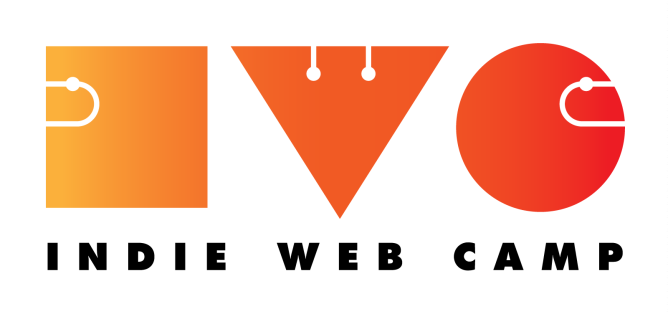On the Indiewebcamp wiki, there’s a page discussing HTTPS, the support for which is strongly recommended. As I’ve mentioned previously, at this stage all non-encrypted communication forms (including traditional port 80 HTTP) should be considered deprecated and dangerous.
Indieweb compatible sites are encouraged to get a higher level as possible, and thanks to some prodding, I’ve finally moved both this blog and my feed over to HTTPS only, with HSTS and forward secrecy.
This got me thinking, perhaps it would be worth adding a “Level 7” (or perhaps Level 6.5) to this, and to suggest that Indieweb sites should also be made available as .onion hidden services on Tor?
Pros
- Anonymity. Would go a large way towards protecting communication metadata (who know’s whom), which is a goal we should move towards in a world of endemic selector based surveillance.
- Encryption. Traffic within the tor network is end to end encrypted, and there is some discussion of whether this renders HTTPS unnecessary.
Cons
- Tor has nothing to do with HTTPS, although it is encrypted. However, the HTTPS levels page seemed a good place to put the suggestion.
- Could be seen as endorsing one service. Tor is Free software and is pretty much the only game in town when it comes to anonymity networks, but does that constitute a silo? Probably not, but is a point for discussion.
- No certificates for .onion. There are currently no certificate providers available for .onion domains. But, this may not be a problem.
Anyway, just mooting this as a point for discussion.


